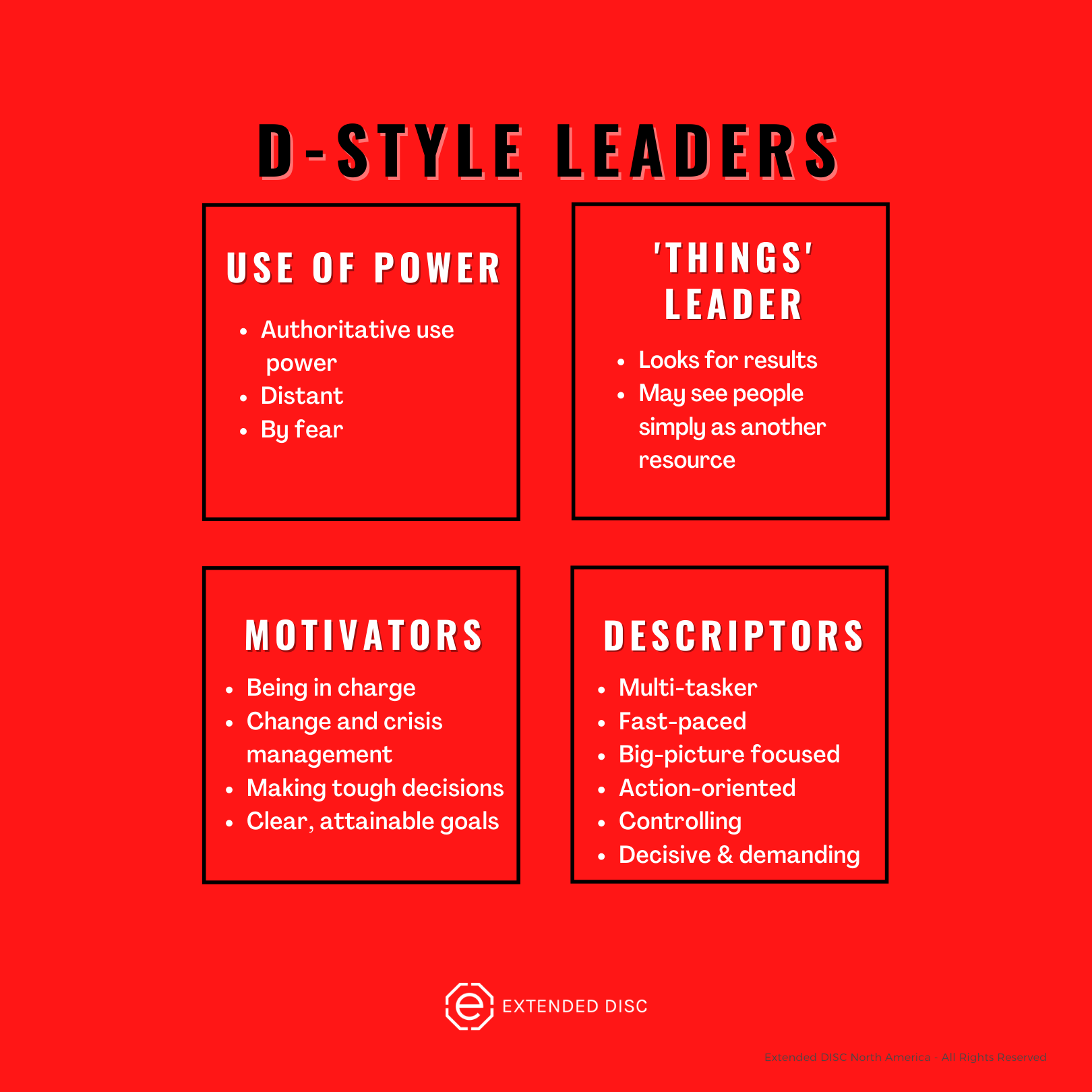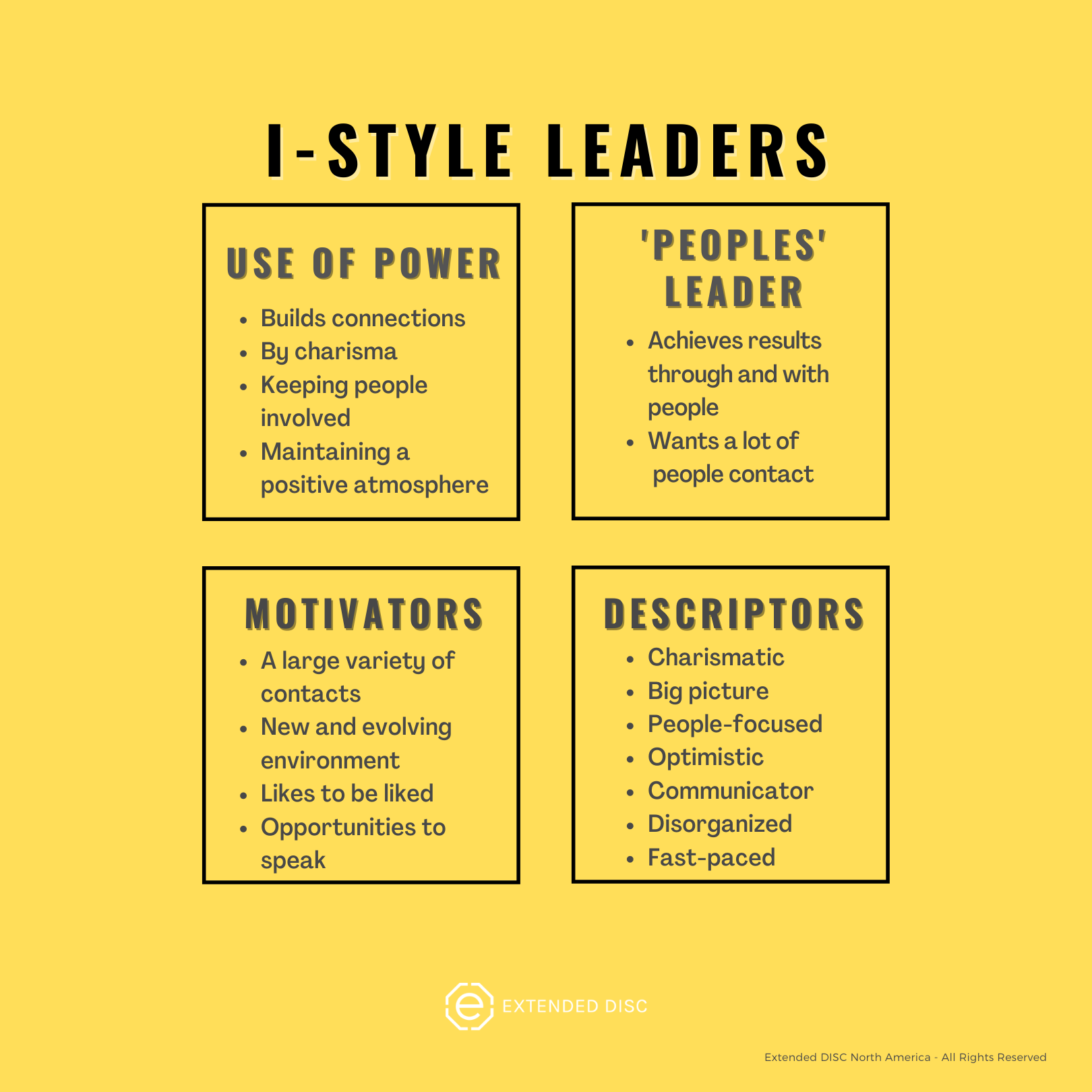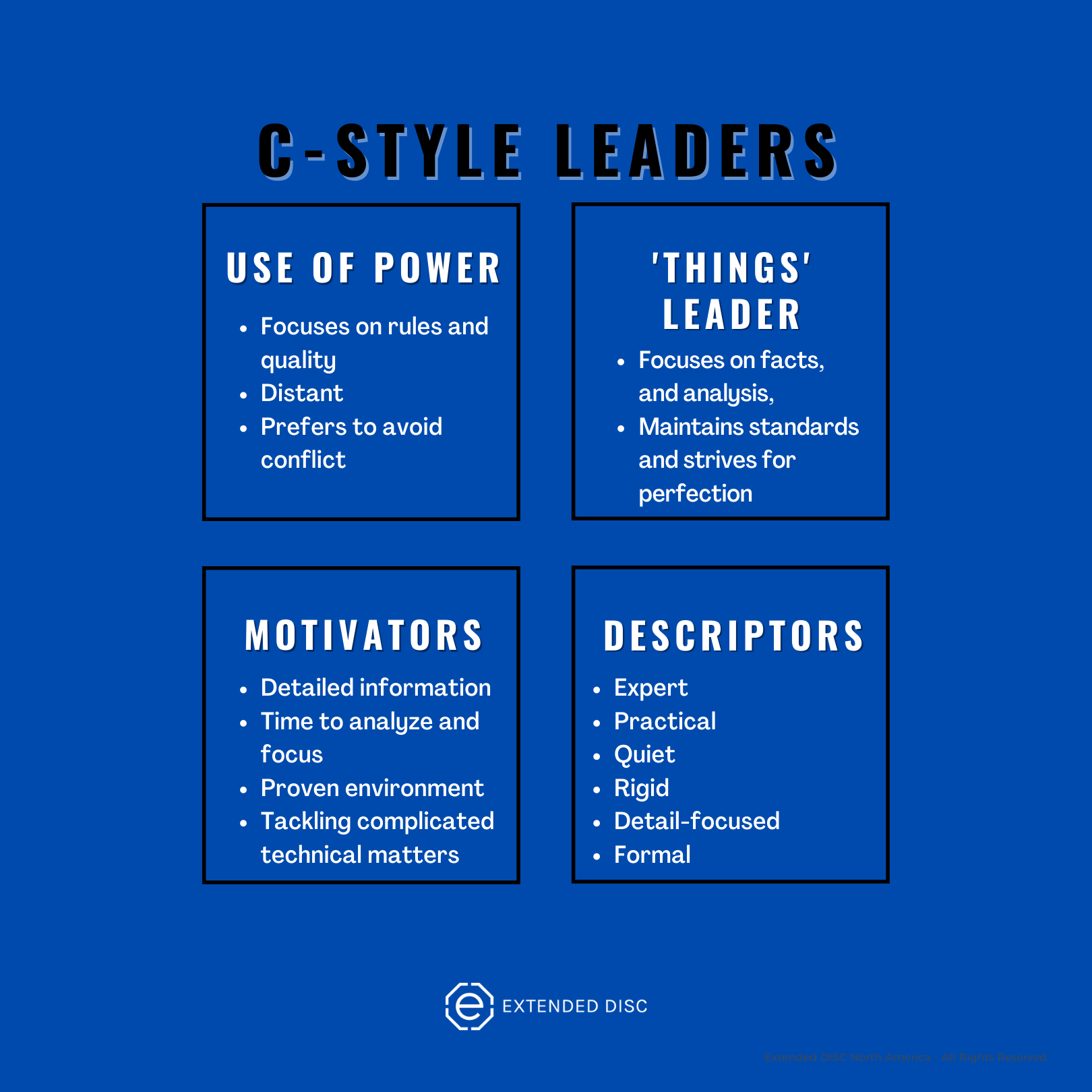Leading a diverse team is challenging in the best of times, and likely overwhelming in chaotic times. How do your employees see your leadership style under stress?
 The true answer is “it depends.” For a lot of us, we are often working under stressful settings. DISC helps to bring awareness; recognizing when you are under stress and if you are your best or not. You can then make better decisions on how to manage the stress. While there are 4 main styles of leadership, none are better or worse; simply different. The same thing goes for how we manage stress.
The true answer is “it depends.” For a lot of us, we are often working under stressful settings. DISC helps to bring awareness; recognizing when you are under stress and if you are your best or not. You can then make better decisions on how to manage the stress. While there are 4 main styles of leadership, none are better or worse; simply different. The same thing goes for how we manage stress.
Stress, especially in small amounts, can spur us to action and provide the energy we need to get through a situation. However, stress is a strong emotion; it can prevent us from making the added behavioral efforts needed to better match the situation. In addition, as leaders, you need to manage the stress of your team in addition to your own.
The first step for you is to identify the physical displays of your stress; understanding the impact it has on how you lead. Remember, you are not necessarily at your worst under stress, but your awareness gives you the opportunity to reset, try something different and avoid overusing your style.
D-style leaders
 D-style leaders are most comfortable when they are in control and able to make their own decisions. Stress occurs when they lose the power to influence what happens and when they cannot achieve their short term goals.
D-style leaders are most comfortable when they are in control and able to make their own decisions. Stress occurs when they lose the power to influence what happens and when they cannot achieve their short term goals.
D Style leaders, under stress will begin to exhibit the overuse of their style. For example, the assertive D-styles are comfortable delegating and driving to get things done. Under stress, they can seem dictatorial and insensitive; forgetting to ask for permission or input. These leaders are tunnel visioned on action and immediate results and can become blunt and demanding.
D Styles under pressure need to think before they act. A great strategy is to count to 10 before reacting. Often looking at the long term goals, rather than short terms achievements will help a D Style keep perspective on what they are trying to achieve.
As a D-style leader, consider giving yourself more opportunities to act independently and find ways to gain some control.
I-style leaders
 I-style leaders are people leaders. They lead with their ability to influence others and ability to communicate well. I-styles fear a loss of influence and not being included. They are more frustrated by daily routines and rigid structure.
I-style leaders are people leaders. They lead with their ability to influence others and ability to communicate well. I-styles fear a loss of influence and not being included. They are more frustrated by daily routines and rigid structure.
When I-style leaders are under pressure, they become overly emotional and focus even more on relationships. They liked to be liked. I-styles like to talk and under pressure they may talk a lot and bring in emotions to create passionate opinions. Their main focus on people can distract them from the details and tasks, causing disorganization.
I-style leaders exude a positive and fun attitude. They love opportunities to interact with many people in different situations. As an I-style leader, find opportunities to network and give yourself time to chat; especially in situations where you are more likely to receive encouragement and positive feedback.
S Styles Under Stress
 S-style leaders like security and routines. Unexpected changes or unclear plans can create added pressure. They work hard to be an inclusive and supportive leader.
S-style leaders like security and routines. Unexpected changes or unclear plans can create added pressure. They work hard to be an inclusive and supportive leader.
However, under pressure S-style leaders will look outside their own role for input and direction. They will try to work harder to maintain relationships and team harmony. Your employees may not be able to read what you’re feeling. You can be overly cautious and stubbornly resistant to any attempts to change things.
To help ease the pressure, provide the S Style with the support they need to cope with change. Include them in the planning and each step, so they know what to expect.
Safe environments, adhering to a clear plan, and having trusted people around you can help to alleviate your stress.
C Styles Under Stress
 C-style leaders focus on proceeding cautiously and logical; ensuring the process is without mistakes. They can become stressed when the situation is unstructured and chaotic. They need clear rules and information. Emotional employees tend to be more challenging for the C-style to manage.
C-style leaders focus on proceeding cautiously and logical; ensuring the process is without mistakes. They can become stressed when the situation is unstructured and chaotic. They need clear rules and information. Emotional employees tend to be more challenging for the C-style to manage.
Under pressure C-style leaders can become more withdrawn. They may remove themselves from a conflict situation or they may begin to question everything. They begin to rely solely on logic and facts instead of trusting others and their instincts; sometimes to a point they go into “analysis paralysis.”
C-style leaders can alleviate pressure with critical information to help make decisions and having alternate plans to cope with different situations. You can focus on the tasks in front of you, slowing it down, and giving yourself time to make decisions.
4 steps to effective leadership
 All DISC styles feel stress, but how you show it, respond to it, and alleviate it are different. As leaders, you may not be fully aware of how your stress shows up, especially to your employees. DISC helps show how you come across to others. It also reminds you that you are in control of your interactions. Keep in mind, understanding the styles of your employees can also help you to adjust to be a more effective leader.
All DISC styles feel stress, but how you show it, respond to it, and alleviate it are different. As leaders, you may not be fully aware of how your stress shows up, especially to your employees. DISC helps show how you come across to others. It also reminds you that you are in control of your interactions. Keep in mind, understanding the styles of your employees can also help you to adjust to be a more effective leader.
DISC reminds you to take a moment to assess the situation and it provides you with tools to make better decisions. You can use your own DISC report to identify how you tend to show up in pressure situations or what tends to de-motivate you. Now, what are you going to do differently going forward? Think of strategies you can put into place when you are already tired, frustrated, or stressed. What can you do to try harder? Always, give yourself a pause first, then try it. If it doesn’t work this time, adjust and try something else next time.
As your team’s leader, understanding the DISC styles of your employees can motivate and inspire more productivity; another way to manage your own stress. How you lead under stress has a significant impact on how your team manages their own stress. Finally, does your leadership style change under stress? The answer again is, “it depends” and “it’s ultimately up to you if and how it changes.”
